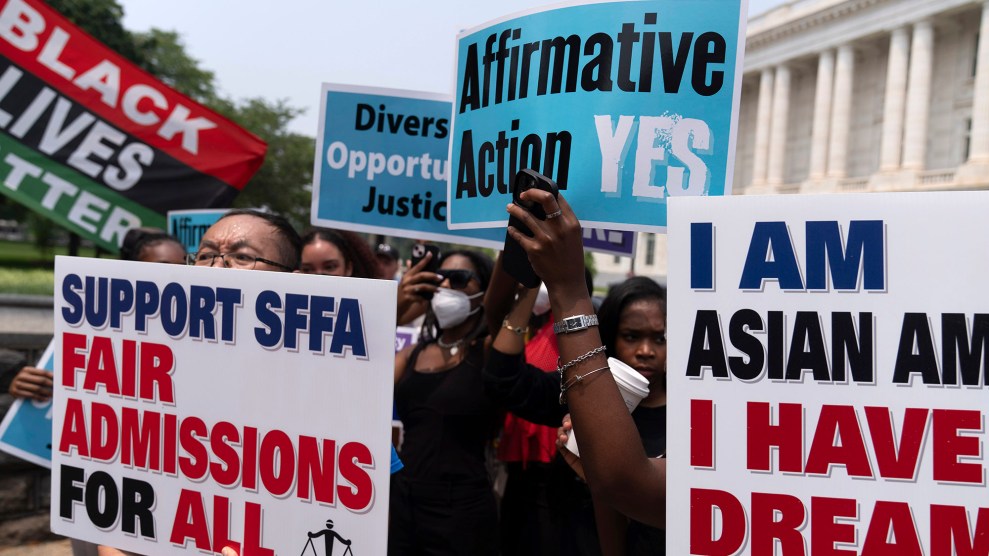While we’re making bulleted lists about America’s cars, here’s one to mark the 50th anniversary of the U.S. interstate highway system. From McLatchy (formerly the late, lamented Knight-Ridder):
- Interstates make up just 1 percent of total U.S. road miles, but they carry a quarter of all traffic and 40 percent of all truck traffic.
- About 60,000 people ride over the average mile of interstate highway daily
- Pre-interstate, drivers could cover about 250 miles in a dawn-to-dark day on the road. Interstates doubled that
- Why do interstates feel more congested these days? Because they are. In the past decade, their traffic volume increased 29 percent. Total interstate lane miles increased just 4 percent in the same period.
- Interstates today have a fatality rate of about 1 per 100 million vehicle miles. That compares with 2 per 100 million vehicle miles on other roads. Curved exit ramps (versus right-angle turns) and minimum speeds get much of the credit
- Freight distribution by truck has been growing 12 percent a year since 1956
- What state has no interstates? Alaska. Hawaii has highways that are considered interstates because they’re paid for out of the same federal fund and built to the same standards, but they’re designated with an H instead of an I
- Which cities have the worst interstate access? Buffalo, N.Y.; Dover, Del.; Fresno, Calif.; Jefferson City, Mo.; Myrtle Beach, S.C.; and Tulsa, Okla., according to the Federal Highway Administration
The interstate system is a great thing, no question about it. But clearly it hasn’t proved an unequivocal good, as notes the party-pooping Washington Post:
Unsightly stretches of asphalt sprawl now surround virtually every major U.S. city. The continent-wide delivery system that allows Wal-Mart, McDonald’s, Gap, 7-Eleven, Blockbuster and Holiday Inn to offer identical products and services in identical stores from coast to coast has turned a richly diverse nation into a standardized single market — changing the shape of towns across America. …
With the number of drivers increasing much faster than highway mileage, a system designed to save travel time has become a chronic waste of time for millions of commuters. A study for the Federal Highway Administration found that drivers using interstates in and around large cities spent about 25 hours per year in traffic jams in 1982; by 2002, the annual waiting time was more than 60 hours.













